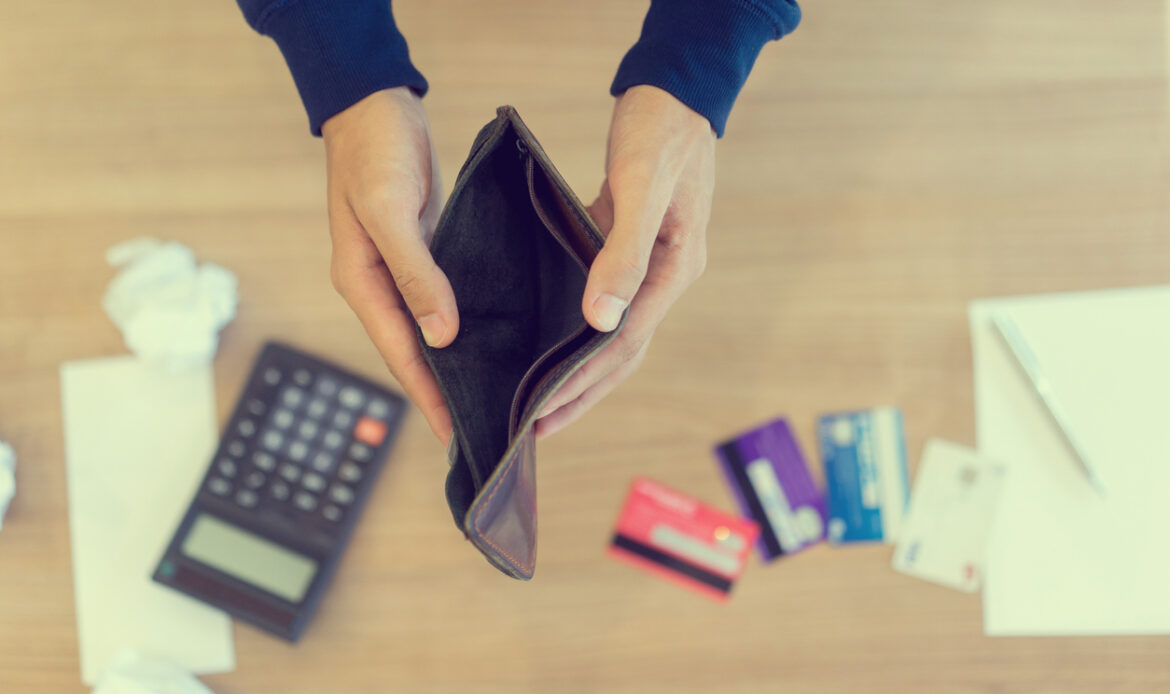Consumer Bankruptcy: A Step-by-Step Guide – Consumer bankruptcy is a legal process designed for people who find themselves in a situation where they are unable to pay their debts. In Poland, the process is governed by bankruptcy and restructuring laws, and its purpose is to enable debtors to solve their financial problems and ensure that creditors receive the highest possible satisfaction of their claims. The consumer bankruptcy process is complicated and requires the debtor to carefully follow certain steps and procedures.
Key findings:
- – Consumer bankruptcy allows people who are unable to pay their debts to have their debts forgiven.
- – The process requires careful preparation of documentation and an understanding of legal regulations.
- – It is important to follow the next steps in the bankruptcy process.
- – Taking legal advice can significantly contribute to the success of the process.
Table of contents
- Introduction
- What is consumer bankruptcy?
- When can you file for bankruptcy?
- How do you prepare to submit an application?
- Lawsuit
- Life after bankruptcy
- Frequently asked questions
What is consumer bankruptcy?
Consumer bankruptcy is a special type of bankruptcy proceeding that targets non-business individuals. It is a legal process that aims to enable people who are deeply in debt to start life again without the burden of debts that have become unbearable. Consumer bankruptcy stipulates that after meeting certain conditions, a debtor can obtain a so-called “consumer bankruptcy”. “debt forgiveness,” which means that his obligations are canceled and he can start all over again. However, this is far from a simple process and requires understanding many legal aspects and following certain procedures.
When can you file for bankruptcy?
A consumer bankruptcy petition can be filed when a debtor becomes insolvent. Insolvency refers to a situation in which a debtor is unable to pay his financial obligations on an ongoing basis. It is also a condition that the insolvency was not intentionally caused by the debtor, for example, by squandering assets or avoiding paying debts. The consumer bankruptcy process is also available to people who find themselves in financial distress as a result of unforeseen events, such as the loss of a job, a serious illness, or other adverse circumstances.
How do you prepare to submit an application?
Preparing to file for consumer bankruptcy requires meticulous collection of all necessary documents and information. The debtor must provide an accurate list of all his financial obligations, including the amount of his debts, the details of his creditors and the type of each obligation. In addition, it is necessary to prepare financial records, including bank statements, loan agreements, documents on real estate and other assets owned. It is also important to provide an accurate description of your life situation and the circumstances that led to insolvency. In doing so, it is worth describing in detail your efforts to avoid bankruptcy, such as attempts to negotiate with creditors or reduce expenses.
Lawsuit
The legal process begins with the filing of a consumer bankruptcy petition in the district court. Once the application is submitted, the court reviews it for completeness and correctness of the documentation. Then begins the court proceedings, which may include a hearing with the debtor, analysis of collected documents and consideration of any objections from creditors. The key moment is when the court declares bankruptcy and appoints a receiver to take over the management of the debtor’s assets and debts. The receiver is responsible for the equitable distribution of the collected funds to creditors and supervises the process of debt relief.
Life after bankruptcy
Declaring consumer bankruptcy is not an end, but a new beginning. Once bankruptcy is declared, the process of rebuilding a debt-free life begins. This is the period during which the debtor must learn to manage his finances in a responsible and sustainable manner. Many people experience difficulties in obtaining credit or loans after consumer bankruptcy, so it is important to gradually build a positive credit history. Proper budgeting, avoiding overspending and saving regularly are key elements that will help rebuild creditworthiness and prevent falling back into the debt trap.
Frequently asked questions
Is consumer bankruptcy available to everyone?
No, the process is designed for individuals who meet certain conditions, such as insolvency and lack of intentional inducement.
How long does the consumer bankruptcy process take?
The duration of the consumer bankruptcy process varies and depends on many factors, such as the complexity of the case, the number of creditors and the efficiency of the courts.
Will all my debts be forgiven after declaring consumer bankruptcy?
In most cases, consumer bankruptcy leads to the forgiveness of most debts. However, some obligations, such as alimony or some tax liabilities, may remain.


